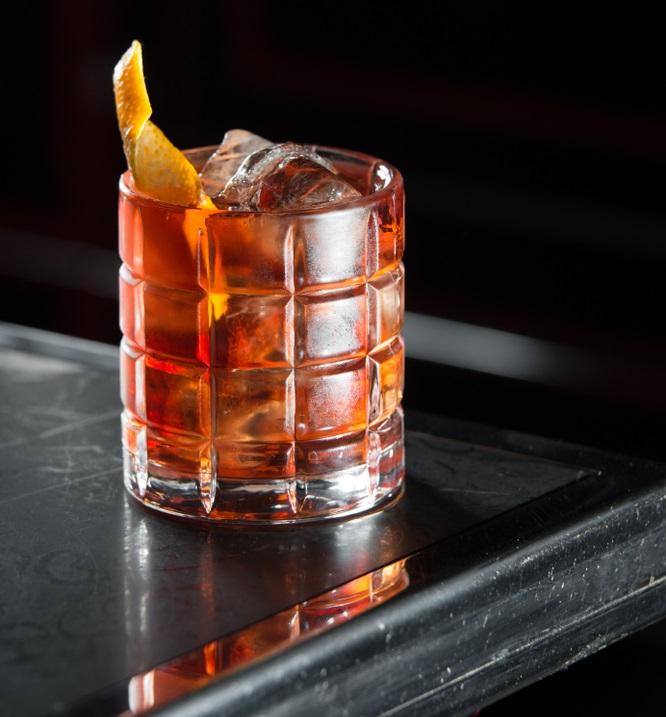I’m not one to deny the ambition of extending summer with breezy tropical cocktails in December, but I do embrace Old Man Winter with a glass of something hardier yet complex enough to sip and ponder by the hearth. For this, the near-century-old boulevardier suits the occasion.
The cocktail in print dates back to 1927, when it appeared in the book “Barflies and Cocktails” by Scottish American expat Harry MacElhone. But within, it’s credited to Erskine Gwynne, connected to the wealthy Vanderbilt family by his great-aunt Alice Gwynne, who had married Cornelius Vanderbilt II.





